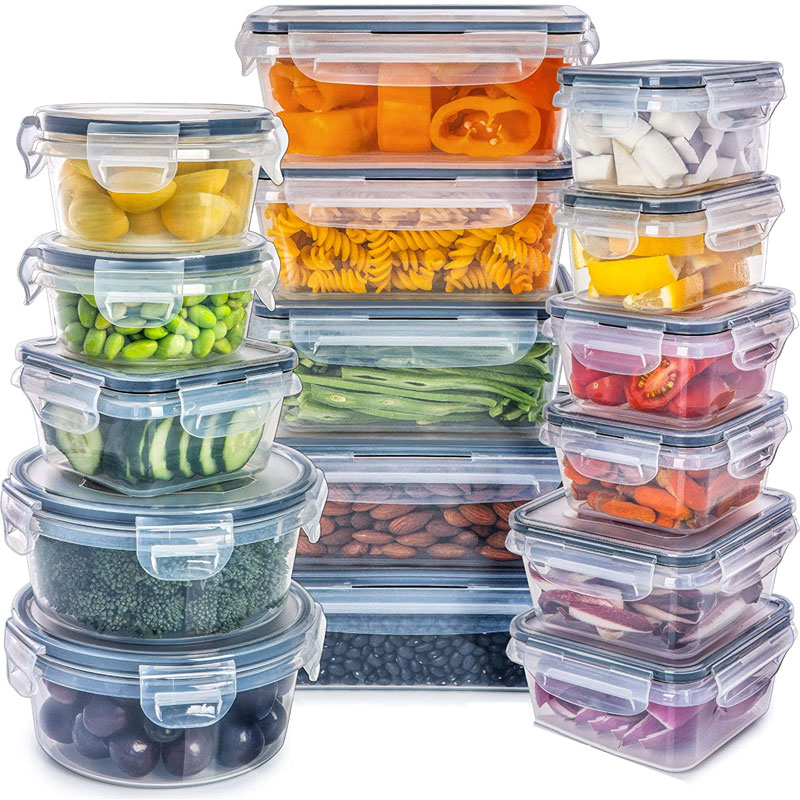Introduction: The advent of plastic food containers has revolutionized the way we store and transport food. Behind the scenes, extensive research and scientific advancements have paved the way for the development of these innovative storage solutions. In this blog, we will delve into the science behind plastic food containers, exploring the materials, manufacturing processes, and safety measures that contribute to their widespread use.
- The Science of Food-Safe Plastics Food-safe plastics are engineered to meet stringent safety standards, ensuring they do not leach harmful chemicals into the stored food. Polypropylene (PP) and high-density polyethylene (HDPE) are two of the most commonly used materials in food container production. These materials are inert and stable, making them safe for contact with food. Scientists rigorously test these plastics for any potential interactions that could compromise food safety.
- The Role of Additives During the manufacturing process, additives are often incorporated into the plastic to enhance its properties. For instance, antioxidants prevent the plastic from degrading over time, while UV stabilizers protect against damage caused by sunlight exposure. Slip agents are used to reduce friction, making it easier to remove food from the container. Understanding these additives helps ensure that the final product is suitable for its intended purpose.
- Mold Design and Injection Molding Creating the perfect plastic food container requires precise mold design and injection molding techniques. Engineers and designers work together to create molds that allow for consistent production of containers with precise dimensions and sealing capabilities. Injection molding is a widely used process that involves injecting melted plastic into the mold, allowing for mass production of containers in an efficient and cost-effective manner.
- Quality Control and Safety Standards Manufacturers implement stringent quality control measures to ensure the safety and reliability of plastic food containers. Random sampling and testing are conducted to verify that the containers meet specific safety and performance standards. Certifications from regulatory bodies, such as the Food and Drug Administration (FDA), further validate the safety of these products.
Conclusion: The science behind plastic food containers involves careful research, material selection, and manufacturing techniques to deliver products that meet high safety standards. Understanding the scientific processes and safety measures involved empowers consumers to make informed choices while utilizing these containers in their daily lives.


















